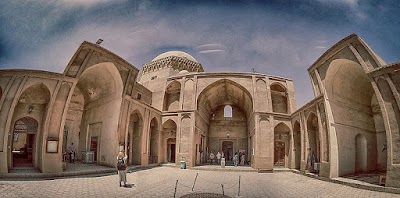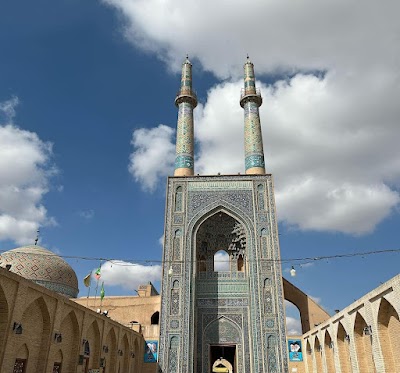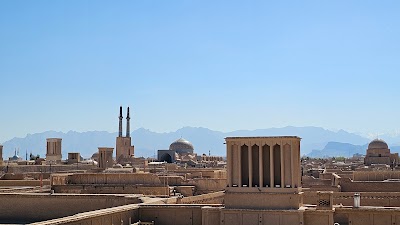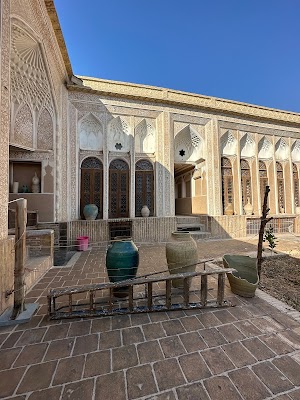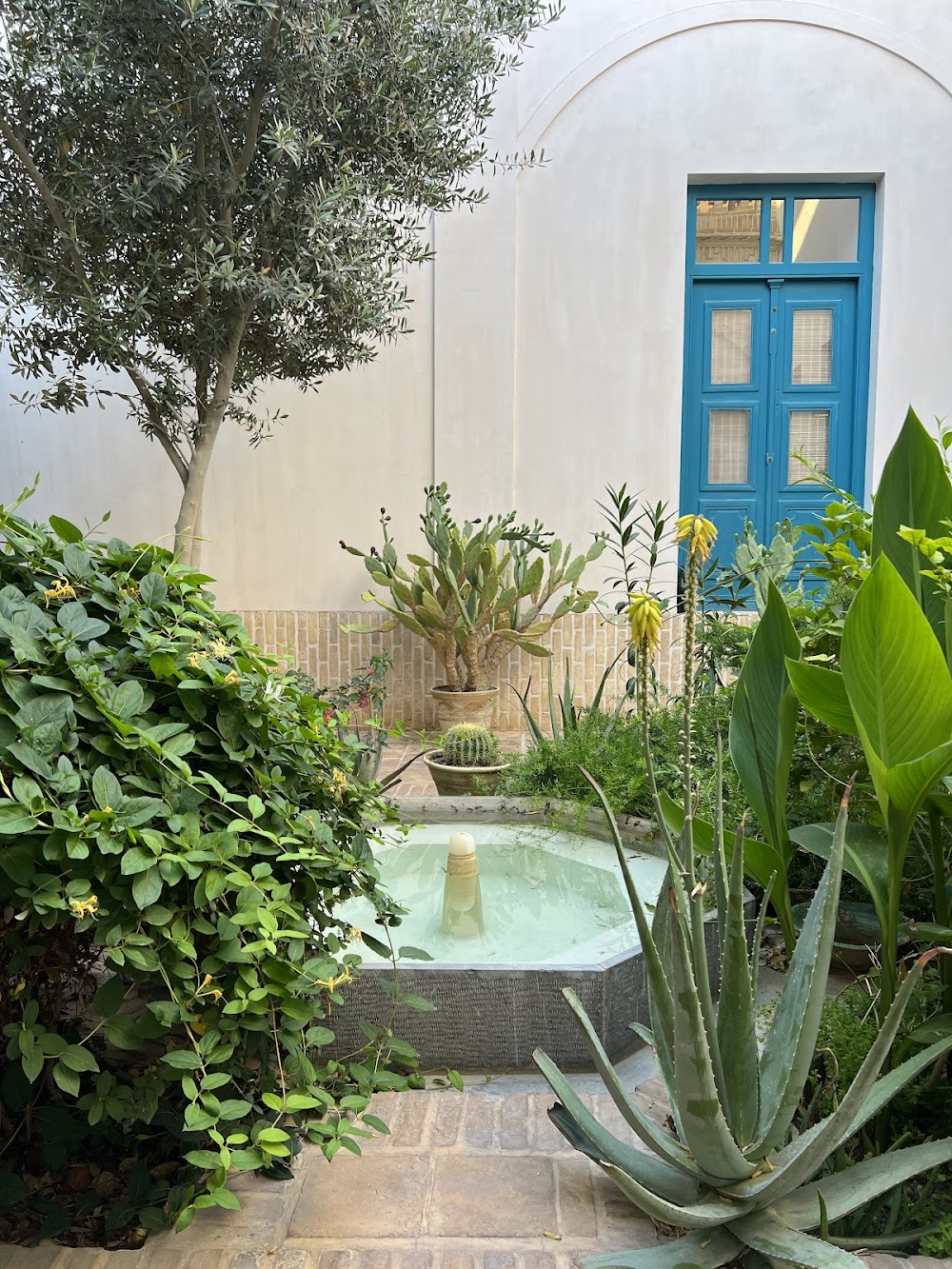Alexander's Prison (زندان اسکندر)
Overview
Alexander's Prison: A Journey into Persian History
Alexander's Prison, also known as Zendan-e Eskandar, is an intriguing historic site nestled in the heart of Yazd, Iran. This ancient establishment offers a captivating glimpse into Persian history and architecture, making it a must-visit destination for travelers eager to explore Yazd's rich cultural heritage.
The history surrounding Alexander's Prison is steeped in mystery and legend. Local folklore claims that the prison was constructed by Alexander the Great during his 4th-century BCE conquest of Persia to detain his political adversaries. However, historical evidence suggests that the structure may actually date back to the 15th century during the Timurid era. Despite the uncertainty regarding its origins, the prison stands as a symbol of Yazd's enduring past, filled with tales that have fascinated generations.
As visitors approach Alexander's Prison, they are welcomed by its distinctive domed structure. This dome, a hallmark of Persian architecture, showcases the ingenuity and craftsmanship of ancient Iranian builders. Constructed from mud bricks, the structure has withstood the test of time, highlighting the durability of traditional Persian building techniques. The relatively austere exterior invites visitors to delve deeper into its storied past, hinting at the historical depth that lies within.
One of the most captivating features of Alexander's Prison is its subterranean design. The underground chambers are believed to have served as jail cells, adding to the site's enigmatic reputation. While the interior is somewhat spartan, this minimalism underscores the stark conditions that prisoners would have endured. The cool, dimly lit passages provide a tangible sense of history, allowing visitors to imagine the lives of those once confined behind these walls.
Beyond its historical allure, Alexander's Prison holds significant cultural importance. The structure is part of the Amir Chakhmaq complex, one of Yazd's most important historical and architectural sites. This complex includes a mosque, a caravanserai, and a bathhouse, all of which offer additional insights into the region's multifaceted history. A visit to Alexander's Prison thus provides an excellent opportunity to explore the broader historical context of Yazd's development.
Interestingly, despite its evocative name, there is no concrete evidence linking the prison directly to Alexander the Great. The name likely originates from ancient tales and local lore that have been perpetuated over generations. This blend of legend and history enhances the intrigue of the site, inviting tourists to ponder the true stories behind its construction and use.
For those interested in Persian architecture and history, Alexander's Prison offers a unique experience. The design elements, including the adobe walls and central courtyard, reflect the ingenuity of Persian architects who adapted to Yazd's harsh desert climate. These features are not only functional but also aesthetically aligned with the cultural values and practices of the era.
Moreover, Yazd itself is recognized by UNESCO for its historical significance and well-preserved environment. Alexander's Prison is part of a larger narrative that includes other notable sites, such as the Yazd Atash Behram (a Zoroastrian fire temple), the historic wind catchers, and the Jameh Mosque of Yazd. Visiting Alexander's Prison enables tourists to connect with this living history, offering a tangible link to the past.
In conclusion, Alexander's Prison in Yazd, Iran, is more than just a historical site; it serves as a portal to the rich tapestry of Persian history and culture. Whether you are drawn by the legends of Alexander the Great, the architectural marvels, or the broader historical context of Yazd, a visit to Alexander's Prison promises to be an enlightening and enriching experience. This site stands as a testament to the enduring legacy of ancient Persian civilization and the stories that continue to capture the imagination of visitors from around the world.


